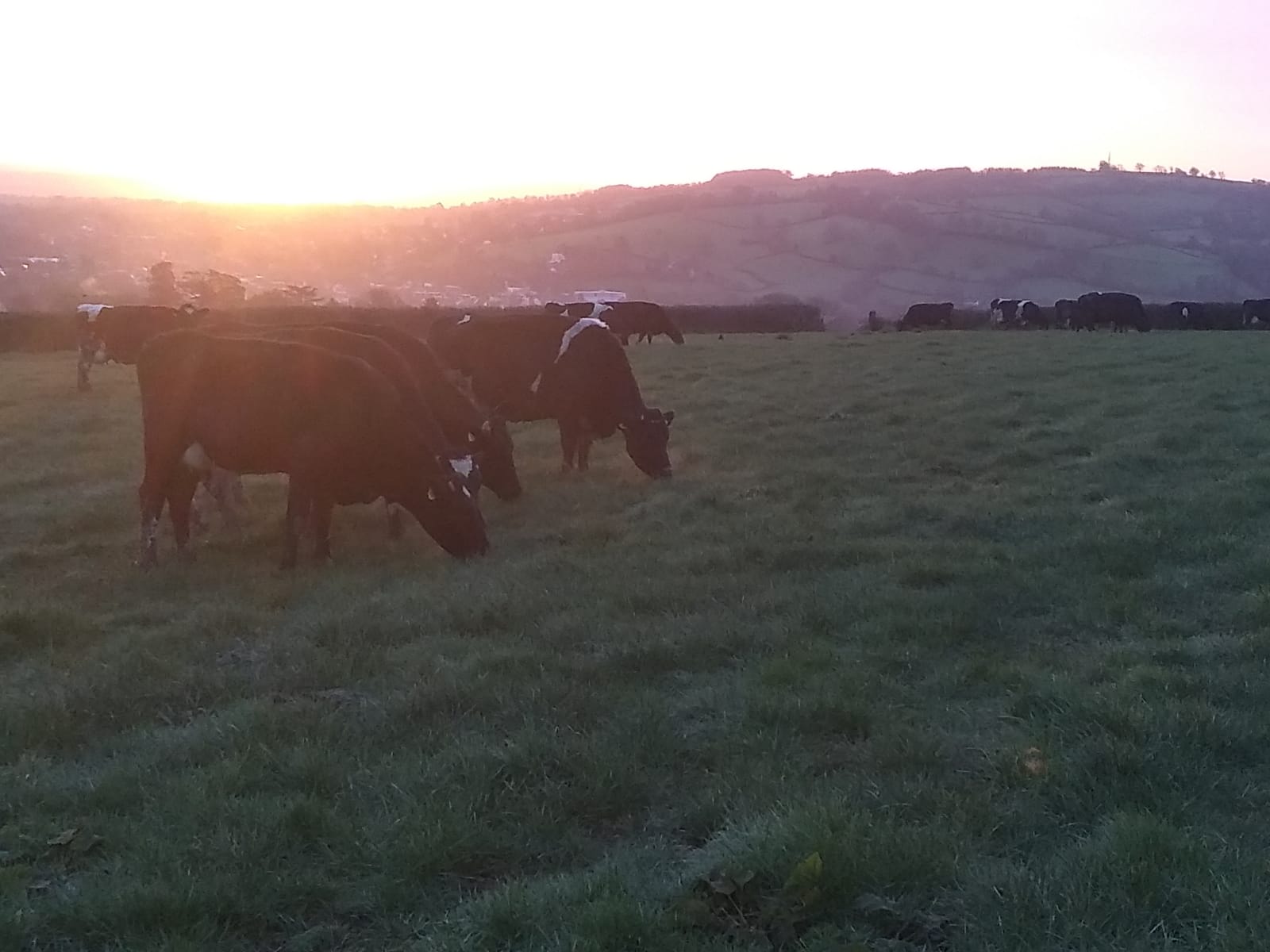- Home
- Knowledge library
- A year of small peaks and many troughs
A year of small peaks and many troughs
As we look back over the 2020 grazing season, the total average grass production across AHDB Forage For Knowledge (FFK) farms this year was approximately 1.5 t DM/ha below the 2019 average, with the FFK farms producing, on average, 12.7 t DM/ha – the lowest average reported through FFK since 2014.
The unsettled start to spring meant many kicked off the 2020 grazing season dealing with heavy rain and flooding, making grazing challenging for a lot of farmers and impossible for some, resulting in the need to rehouse herds. Once the rain eased, the cold mornings meant that spring growth did not quite kick off as we have come to expect following the previous good grass-growing spring conditions.
As we moved into May, rainfall became a past memory, with the dry and hot weather arriving a month earlier than we saw back in 2018, meaning that growth was on a downward trend until the middle of June; with the lowest growth rate recorded at 36 kg DM/ha. However, the rain did make a comeback, with the majority of GB receiving a decent amount of rainfall through to the end of June, resulting in many having to switch very quickly from managing a grass shortfall to surplus, with the highest weekly average growth rate of 79 kg DM/ha reported at the end of June.
The average growth across GB stayed on a steady downward trend through the summer, but some areas did suffer from yet another dry summer, slowing growth rates right down. On average, the mild September weather brought good growing conditions, with another small growth peak being seen. The very heavy rainfall this autumn has resulted in challenging grazing conditions, with many struggling with grazing and having to house earlier than planned.
Now is the time to sit down and review your figures collected over the last grazing season. There can be a large variation in the performance of paddocks across the farm and the best way to identify which ones are holding back the average production is to analyse all the data collected over the season. If you are using grassland management software, it will generate graphs for this purpose, but you can also produce a similar graph in Excel to help you note which paddocks are performing below the average. It is worth assessing underperforming fields further to make sure soil nutrients, soil structure and sward composition are all in order, or if the field is a good candidate for a spring reseed. When considering a reseed, it is always worth looking at which fields will give you a greater amount of return in terms of increased t DM/ha.


